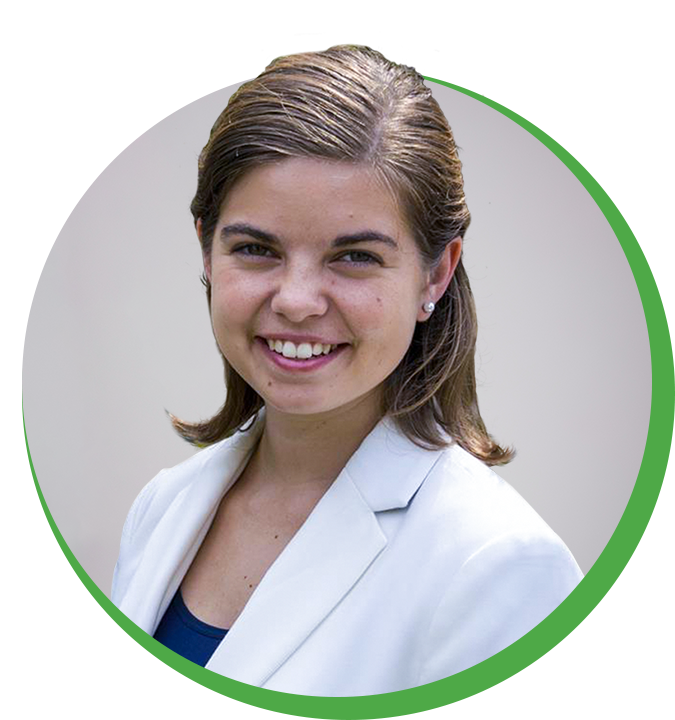Intake With Love, INC: 7 Steps to Take Your Process from Clinical to Transformational
Avery West
Director of Community Initiatives
Love, In the Name of Christ (INC) of Hillsdale County doesn’t give out a single penny, meal, or piece of furniture, but the group meets needs every day. Nestled in a small town in Michigan, this Love, INC chapter is one of 122 across the United States. Love, INC acts as a clearinghouse for their local network of churches, connecting needs to appropriate ministries. They take the time to get to know the individuals asking for assistance, and often are able to meet deeper needs than those originally presented.
Jessica Fawley, executive director of Love, INC of Hillsdale County, shared how her volunteer team practically gets to know the people who call in, and where they go from there.
Set expectations
Hillsdale Love, INC volunteers always begin their conversations with a disclaimer: They don’t have any resources on hand, but can connect clients with a church who does. As a part of the intake process, they’ll go through a lengthy list of questions. Volunteers assure clients that these questions are not meant to be judgmental, but only to give Love, INC a better understanding of their particular situation. This authenticity gives the conversation a sense of rapport and respect from the very beginning.
Listen to their story
After setting expectations, the volunteer sets aside the need the individual originally called for, and focuses on getting to know him or her as a person. Often the people who call are more than willing to decompress and tell their story. Jessica pointed out that this simple act of receptivity affirms that the client is worthy of being listened to. As they listen to clients’ stories, volunteers ask questions that help them understand what brought the individual to this point of need.
Verify existing connections
Next, the volunteer verifies the need with the client’s pastor, if he or she has one. The goal here is not only to alert the pastor of a need in his congregation, but also to find out if the individual’s own community has resources he or she hasn’t tapped into yet. You can learn more about how and why we work towards reestablishing community ties through the free True Charity University Affiliation course.
Make a timeline
Volunteers help clients come up with a plan that addresses not only the initial need, but also the situations that led to it. For instance, the client might make a plan to work through his budget with a volunteer, sign up for job skills class, or meet with his mentor.
When Jessica comes alongside a client, she asks herself “Who in the body of Christ can I connect this person with?” This focus on relationship rather than material goods radically changes the conversation. Recently, Jessica worked with a woman who called in asking for a bed, but later revealed she was in an abusive marriage and felt uncomfortable in her church. Jessica was able to connect her and her husband with help, as well as put her in contact with friends from a different church.
Maintain mutual participation
Love, INC highly values mutual participation, and believes that the volunteer should never work harder than the client. Jessica explained that their model always puts the ball in the client’s court, so the process will naturally end if the client remains unwilling to participate. The key to mutual investment is the volunteer’s commitment to clear expectations, willingness to have a loving confrontation, and understanding that not everyone is ready to progress toward self-sufficiency.
Follow up
Love INC volunteers make sure to check in with their clients every month after the initial intake. Whether they become aware of new hurdles to overcome, find out the client has not followed his steps toward self-sufficiency, or hear a story of transformation, follow-up is always fruitful and essential.
Keep the goal in mind
When you’re cranking through intakes, Jessica said, it’s easy for the conversations to become very clinical. She used the decreased caseload during the pandemic as an opportunity to recalibrate her intentions, and pour more deeply into the few individuals they were able to work alongside. It’s a constant fight to focus on the person, not the need, but Jessica and her team remind themselves every day of this greater goal.
Whether your group provides food or diapers, car repair or budgeting services, we can all focus on making our intake process more relational. Love, INC’s model of setting expectations, listening, reestablishing existing relationships, and long-term mutual participation is a good place to start.
This article is provided by True Charity; learn more here.




